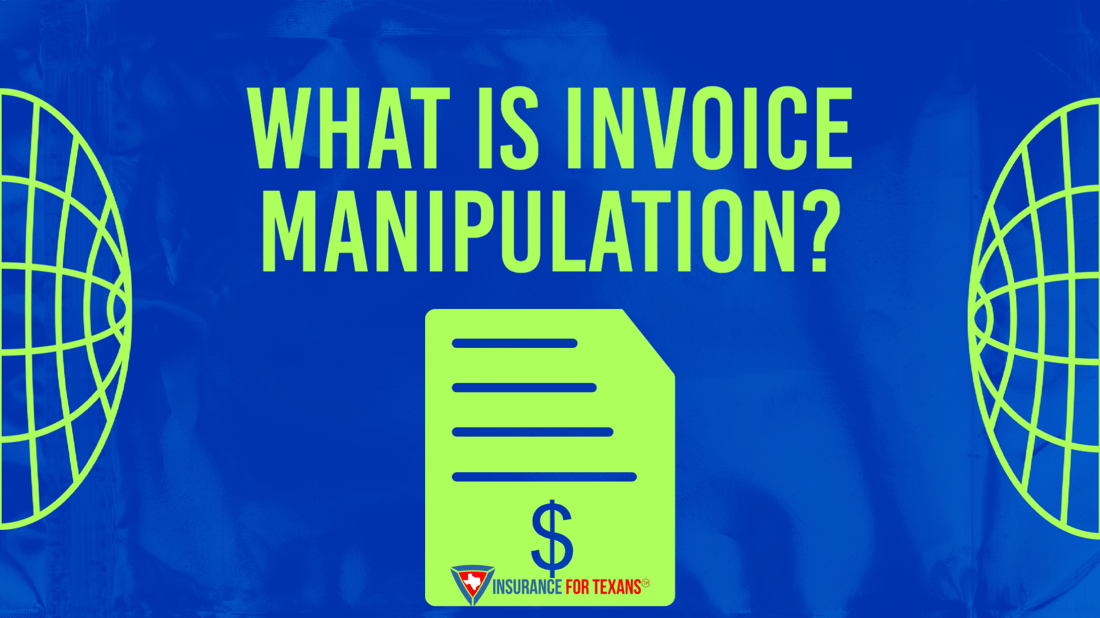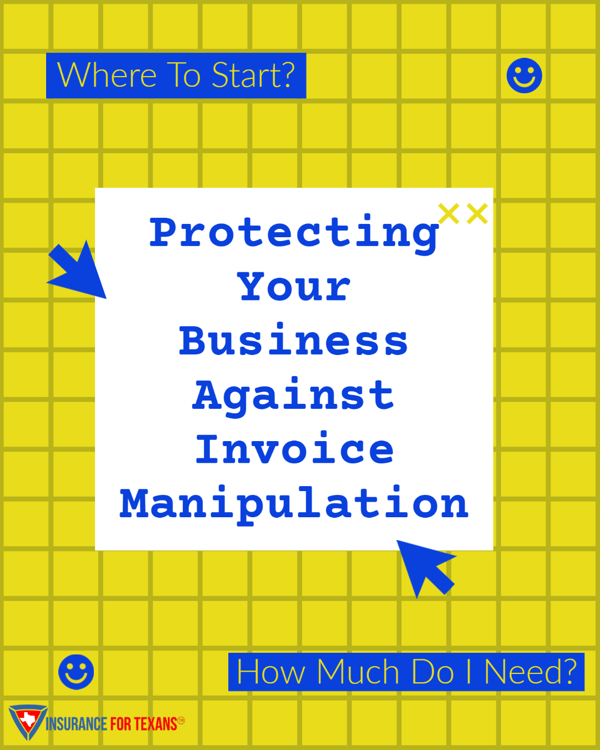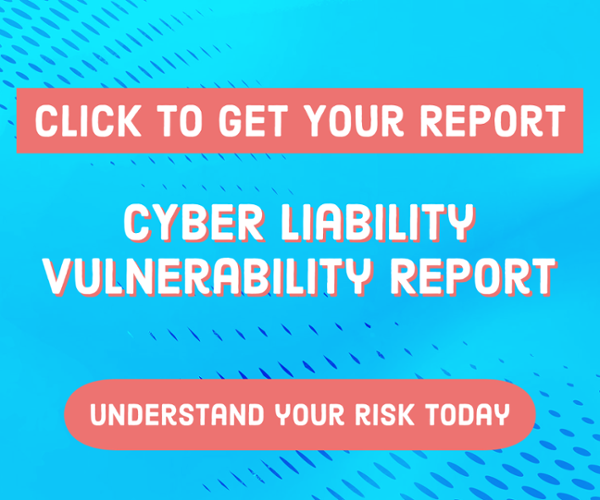Invoice manipulation is one of the hottest trends in cyber crimes currently against businesses. Cyber criminals have discovered it as a more covert way of redirecting funds during a transaction that gives them more time and means to move money on to new locations than some previously used mechanisms of Cyber Fraud. Invoice manipulation is a form of fraud where criminals change a legitimate invoice to raise the amount owed and/or shifting payment to a different account by from the business to the fraudulent party. From big losses to damaged reputations, this type of criminal activity can have devastating impacts on your company and customers.
Types Of Invoice Manipulation
One of the primary methods of invoice fraud is the submission of counterfeit invoices. Criminals will produce fraudulent invoices that appear to be from reliable firms and forward them to corporations, asking them to send funds to a different bank account. This approach can be highly effective if they are able to simulate the branding and appearance of the organization they're pretending to represent.

Altering an existing invoice is another form of invoice manipulation. By changing the amount due or payment details, criminals can submit the modified invoice to a business in the hopes of receiving payment without being caught. This scheme can be particularly successful if the criminal is able to disguise the alterations so that it becomes difficult for the business to recognize any discrepancies.
Technology makes producing fraudulent invoices much simpler. Criminals may employ software to manufacture deceptive invoices immediately, or they can modify credible invoices instantly. Additionally, they can dispatch phishing emails to deceive firms into granting them access to their accounting systems and thus facilitate invoice alteration. Once they are in your system cyber criminals will often wait in silence watching your daily patterns to find the right opportunity to strike.
Example of Invoice Manipulation
An unfortunate example is the alteration of vendor invoices for accounts payable. In a recent incident, a cybercriminal infiltrated the email server of an insured's business. They sat quietly monitoring the inbox of the insured to find the perfect target. They manipulated the routing and account number on the vendor's company email with a revised invoice so that funds were redirected to the criminal's account instead of the vendor's. It was not until the vendor came calling for past-due funds that the insured was made aware of what happened. This unfortunate event led to a substantial financial loss to the insured's business.
Protecting Your Business Against Invoice Manipulation
In order to protect against invoice manipulation, businesses need to be vigilant about the invoices they receive. They should carefully review all invoices and compare them to previous invoices from the same company to ensure that the amounts and payment details are the same. They should also be wary of any invoices that are received unexpectedly or that ask for payment to be made to a different account. Any unusual activity should be verified by phone to confirm any out-of-the-norm change requests.
To provide online protection for your business you should invest in a cyber liability insurance policy. However, do not be mistaken not all cyber insurance policies include the coverage needed to properly protect your business. It is important that you work with an agent who will review your cyber insurance coverage with you to determine how broad the policy language is to make sure that you are covered in the event on an invoice manipulation. In many instances, coverage provided as a part of a traditional business owner's policy may be very limited in scope or even exclude important coverage that may protect you from funds transfer fraud or other types of attacks. When reviewing cyber insurance options, it is typically in your best interest to entertain a stand-alone cyber insurance option and to ask the question of how much cyber insurance coverage does my business need. These policies tend to include higher limits and more comprehensive cyber insurance language which will result in you having the right kind and right amount of cyber liability insurance that your business needs.
Other steps businesses can take to prevent this type of funds transfer fraud should include implementing regular employee training on current cybercriminal methods so that they can be vigilant in protecting the company network. Risk management practices that can be used from the start include implementing multifactor authentication for login credentials, having reporting tools to flag potential phishing emails, and requiring phone verification for all account requests from third parties. While these are just some of the basic risk controls to prevent common types of attacks, it is important to stay up with emerging threats as cyber threats are an omnipresent and ever-evolving risk.
In conclusion, invoice manipulation is a serious problem that can cause significant financial losses and damage to a business's reputation. Businesses need to be vigilant about the invoices they receive and invest in comprehensive cyber insurance coverage in order to protect against this type of fraud. By taking these steps, businesses can help to protect themselves against the financial and reputational damage caused by invoice manipulation.





